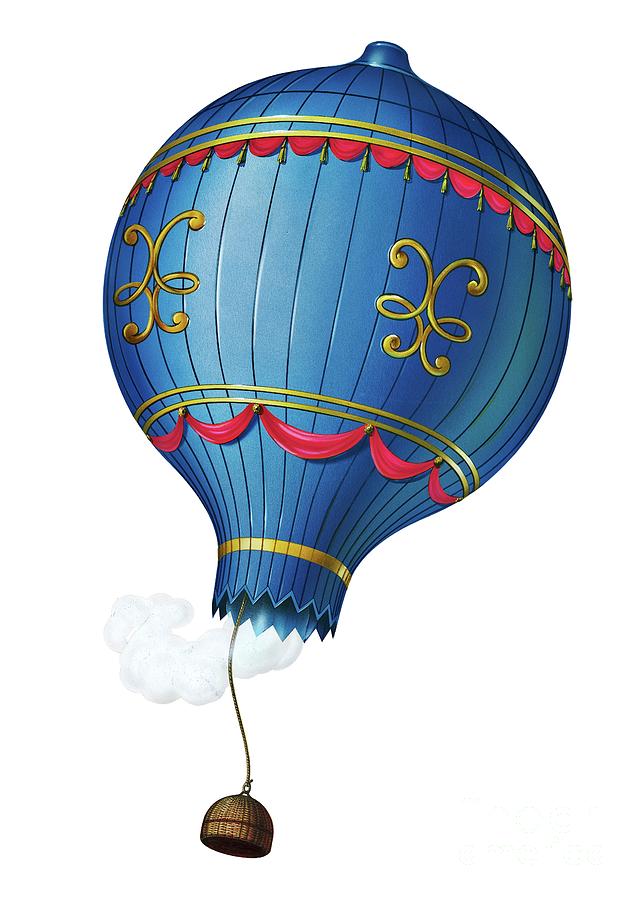

Why would the balloon not just inflate like it does with air after the relatively small amount of pressure required to inflate balloons is reached? I agree the "pressure" to add electrons would raise quickly, but that leads me to think it would inflate with fairly "few" electrons added. These constant collisions with the balloon walls would cause a "pressure" outward on the walls of the balloon, the same way air molecules colliding with balloon walls creates pressure. I was imagining that as more and more electrons are pumped in some would start colliding with the walls of the balloon. Will these electrons push against the sides of the balloon strongly enough to inflate the balloon or will this whole setup be impossible for some reason I am not seeing like the electrons drifting through the balloon walls too quickly to build up?Īssume the balloon is as thick as necessary. The electrons will push against each other and from my understanding build up mostly along the inner surface of the balloon. Assume the mouth of the balloon is sealed so air cannot enter or exit the balloon.
#Physics 101 hot air balloon generator#
Felicity Jones, Eddie Redmayne, Himesh Patel, Sir Tom Courtenay, Anne Reid, Vincent Perez.If I use a Van De Graff generator to pump electrons into a deflated balloon, eventually negative charge will start to build up inside the balloon. THE AERONAUTS (PG, 101 mins) Action/Drama/Romance. They convince us to care about their airborne trailblazers while a dizzying whirl of digital effects rages around them. Immersive sound design heightens tension at key moments as Jones and Redmayne chew delicately on the script's meagre scraps.

The Aeronauts gender-flips historical fact to provide Harper's picture with a gutsy heroine a la Sandra Bullock in Gravity, who refuses to surrender her fate to the laws of physics. Soon, reduced oxygen levels and the plummeting temperature threaten theirs wellbeing.Īs the altimeter records 30,000 feet, Amelia prepares to clamber atop the bulging silk canopy to forcibly remove ice from a release valve, which should allow the balloon to descend safety back to terra firma. Haunted by Pierre's self-sacrifice, Amelia accompanies James in a wicker basket bearing a motto from Ovid – Caelum certe patet, ibimus illi – which translates as: "surely the sky lies open, let us go that way".įar below, James's elderly parents (Sir Tom Courtenay and Anne Reid) and his good friend John Trew (Himesh Patel) await news of the expedition.Īs the balloon passes 12,000 feet, James and Amelia are dazzled by swarms of butterflies fluttering around the basket. She is the wife of a famous pilot, Pierre (Vincent Perez), who lost his life two years earlier during an ill-fated ascent. While colleagues in the scientific community pour scorn on his ideas, James is compelled to prove his theory by attempting a record-breaking hot air balloon flight captained by Amelia Wren (Jones). James Glaisher (Redmayne) is a meteorologist in Victorian London, who believes the secret to predicting weather patterns lies 30,000 feet above the earth. However, characters are emotionally malnourished despite the best efforts of Felicity Jones and Eddie Redmayne to recapture their Oscar-winning on-screen chemistry from The Theory Of Everything. On a technical level, the film soars and George Steel's breath-taking cinematography is particularly captivating on a giant IMAX screen. Harper repeatedly smacks our gobs with vertiginous thrills and spills including a knuckle-whitening encounter with a raging storm that spins the balloon wildly out of control. Scriptwriter Jack Thorne focuses on one notable entry – the record-breaking 1862 ascent of James Glaisher and Henry Coxwell – and replaces one of the men with a fictional female adventurer, whose daredevil actions are thrillingly realised by a stunt woman on a balloon in mid-flight. INSPIRED by a true story, The Aeronauts takes flight with a heavy cargo of dramatic licence to chart a high-altitude expedition, which pushes two emotionally driven souls to the upper limits of human endurance.ĭirector Tom Harper's visually stunning odyssey is loosely tethered to Richard Holmes's 2013 book Falling Upwards: How We Took To The Air, which pays tribute to brave pioneers of the ballooning community.


 0 kommentar(er)
0 kommentar(er)
